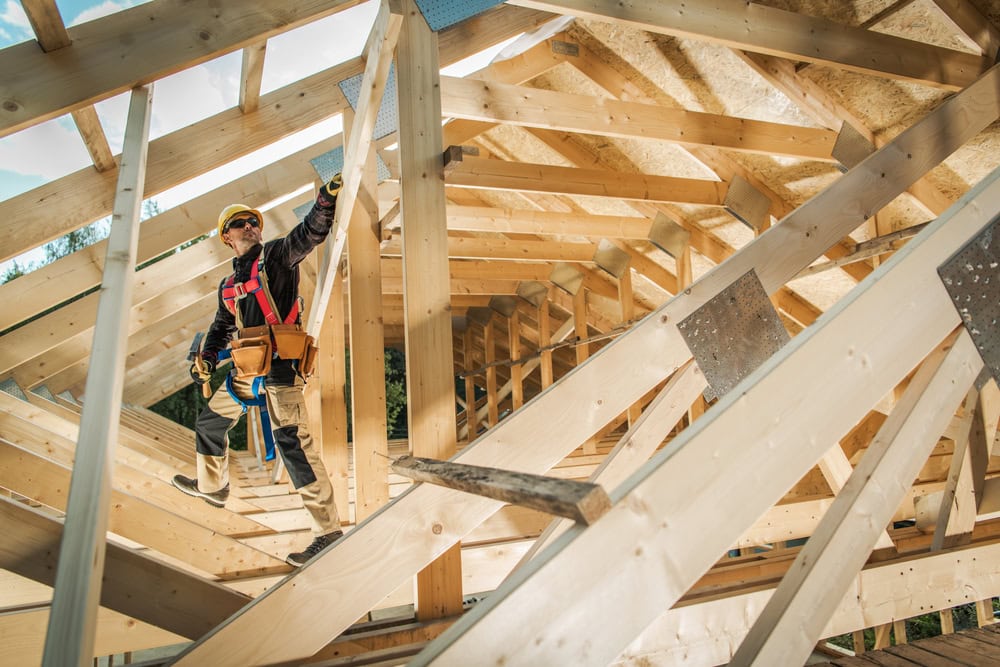How to Avoid a CSLB License Suspension for Lapsed Bond Coverage
Navigating the requirements of the California Contractors State License Board (CSLB) can feel overwhelming, especially when you’re preparing for your license exam or just starting out in the industry. One of the most pivotal yet commonly overlooked obligations is maintaining continuous bond coverage. A lapse in your contractor’s bond can trigger a license suspension, halt … Read more










